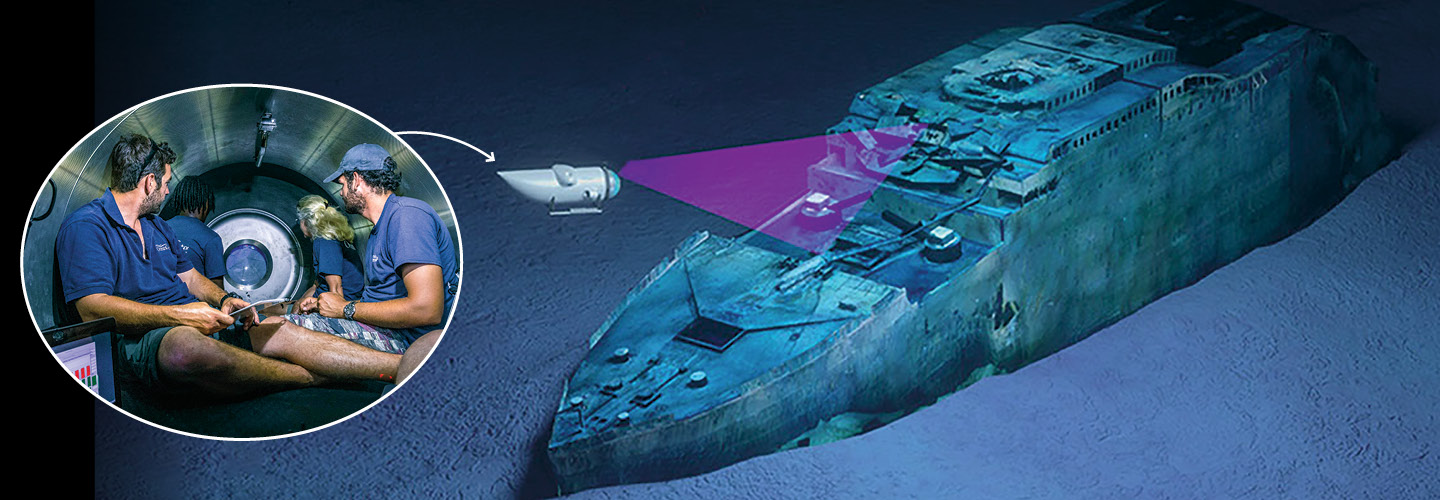Jim McMahon
The Titanic has rested on the floor of the Atlantic Ocean ever since it sank in 1912 after hitting an iceberg, killing more than 1,500 people. But soon, the ship will vanish completely. Currents and metal-eating bacteria are eroding the wreckage, and experts say it will dissolve by 2030. A handful of people will get a last glimpse: OceanGate Expeditions is launching six 10-day missions to explore the debris this spring, and a few private citizens who can afford a hefty price tag can get seats on the submersible. These “citizen scientists” will assist the experts in various dive tasks, including driving the sub, operating sonar and laser scanners, and taking photos. Five years ago, this project likely wouldn’t have been able to happen, but recent technological advancements have made it possible now, says Stockton Rush, president of OceanGate. A ticket for the adventure costs $125,000, but many feel it’s worth it to get a glimpse of a shipwreck that fewer than 200 people have laid eyes on. “That first time you see a wreck, it’s hard to describe. It’s an emotional moment,” Rush says. “You’re actually going to be contributing to the history of the Titanic.”

